Sure, there are a ton of courses out there for confined space principles — how to do hole watch, how to monitor, etc. — but just how relevant is this material to a confined space rescuer? When should we build a tripod reeve? What kind of precautions should we take around a patient when getting them out of a space? When do we decide to pull back, regroup, and call this a recovery?
Our local health and safety regulations, where we operate, have taught that most confined space incidents are due to the lack of one of three items:
- The lack of monitoring
- The lack of ventilation
- Or the lack of onsite rescue or expedient rescue
When we show up to rescue, we’re looking at a few items here that we’re going to have to fix, primarily monitoring and ventilation. If that’s what’s causing the problems, we’re going to have to fix them.
Inside Confined Space Rescue Demonstration: Awareness, we’ve broken things down into
- atmosphere
- strategies and tactics
- rescue rigging
- patient considerations
A.T.L.A.S.T.
For all the ground search and rescue types out there, you’ll probably recognize the acronym L.A.S.T.
Locate, Access, Stabilize, and Transport
This acronym works well in confined spaces, too. When we show up to a confined space incident, it’s not like a high angle incident; the patient isn’t obvious to the rescuers. For example, they’re not usually hanging off the side of a building. Sometimes with confined spaces, we have to go and actually find the patient. Because of this, we’ve modified the acronym to include two major components of confined space rescue: atmosphere and time. Our new acronym, A.T.L.A.S.T., looks like this:
Atmosphere, Time, Locate, Access, Stabilize, and Transport
A – Atmosphere
In Confined Space Rescue 1: Awareness, we went over the “trifecta” of confined space rescue. This includes…
- The geography of the space we’re entering
- Patient considerations
- And atmosphere
Atmosphere conditions create quite a few decision points for us regarding confined space rescue. For example, if the atmosphere is not clean, respirable air, where we rig, then what we wear, and what considerations we have for the patient are all much different than if the atmosphere was clean. We may need to have our edge attendant on breathing air. We may opt to rig a tripod reeve in order to keep the maximum number of rescuers out of harm’s way. We may need to have our rescuers enter the space on air and bring air for the patient. As a confined space rescuer, we need to take a look at all of these tactics.
T – Time
Time plays a critical factor in confined space rescue, especially if the atmosphere is compromised. This tends to bring up that uncomfortable conversation. If the atmosphere’s compromised and the patient is assumed deceased due to the time which has elapsed, why are you risking additional lives?
A safer option may be better off backing out, ventilating — no matter how long that takes — and then carrying out the recovery at a later time. This is not like a high angle scenario; there’s most likely going to be media and onlookers present, but at least you won’t find pictures of you and the victim on the evening news. In situations like this, the patients are usually in a space, out of the viewer’s sight. This gives you and your team some time to deal with some of these issues should they arise.
L – Locate
This brings us to the regular L.A.S.T. acronym. Unlike a traditional high angle rescue or even a trench rescue, many times we may not know where the patient is in the space. Sure, you might get lucky; somebody there may know where they are, where they were working, or perhaps they’re attached to the lifeline and we can follow that bread crumb trail in. However, if not, we’ll have to kit up and send in a recce team to go and find the patient(s) in that space. The other concern we have here is if the atmosphere is not clean, we may have multiple patients in multiple locations. This is an important factor in locating any and all of the patients.
A – Access
Right now, you might be thinking, “Aren’t locate and access the same thing?”
Sure, we can go into a space (and we have been in spaces where we can have someone in a fall protection harness hanging inside the confined space) and locate the patient under L (locate), but we need to now access them. If we’re lucky, the patient’s lying on the ground, supine, ready to be extracted. Though, that seldom occurs in confined space rescue. Often the patient is suspended in a fall protection harness or within a space inside the space. This requires the rescuers to access the patient once they locate the patient.
S – Stabilize
Once again that trifecta we mentioned earlier comes into play here. Are we bringing air in for our patient? Is our patient deceased and this is a recovery operation? Does the patient have their own air in there that we need to supplement? When we package this patient, geographically speaking, are we going to have to bend them to get them out? Is the space we’re working with small? Are we going to be able to put them into the stokes basket? Are we going to have to put them in a webbing harness? First aid in a confined space is also directly affected by the trifecta. Is this a grab and go or a stay and play?
We’ll talk a lot more about patient considerations in the last unit of this course, so stay tuned.
T – Transport
Transport is the actual rope rescue of confined space rescue. This is where we’re going to start looking at our rescue rigging. Are we going to set up a tripod reeve? Are we looking at a split four-to-one? Do we have to cross-haul the patient across a pit or some sort of void inside of that space? That transport decision is what’s going to drive your rigging decisions.
CLICK To See the CSR Demonstrations
Unlimited Team Membership-Premier
Unlimited Team Membership-Premier
Peace on your Days
Lance

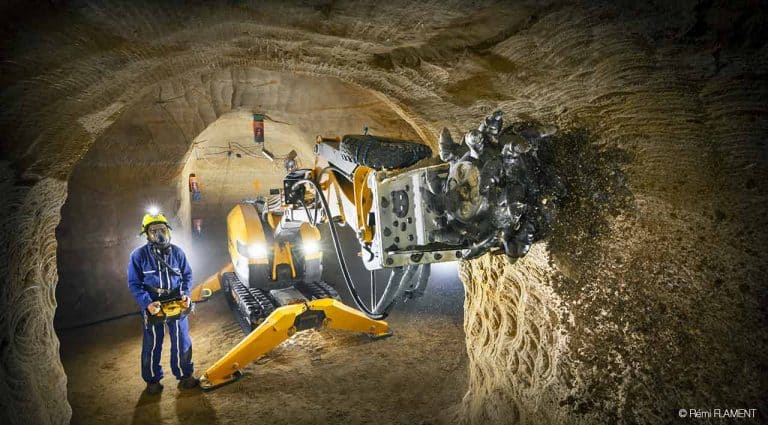
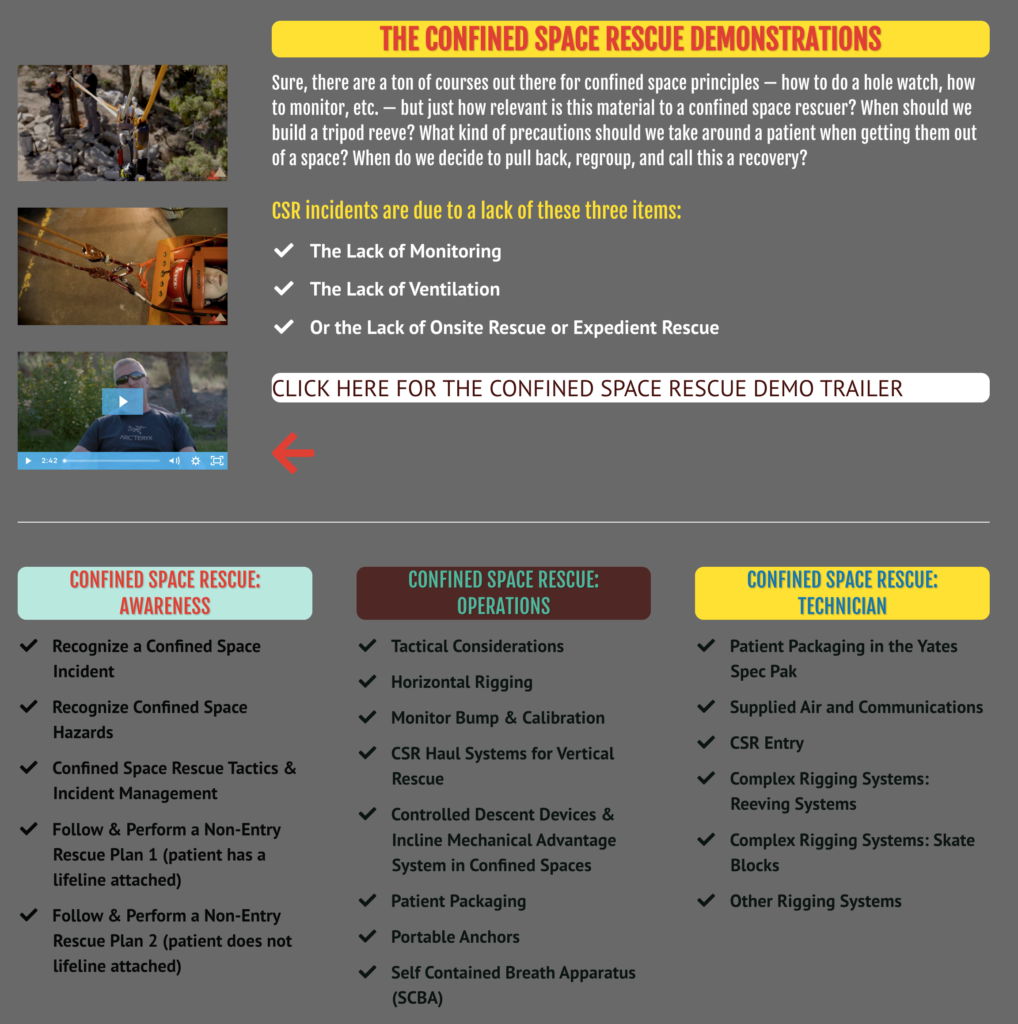

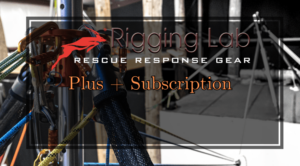
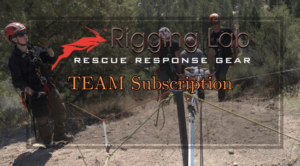
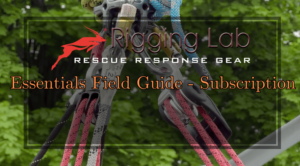
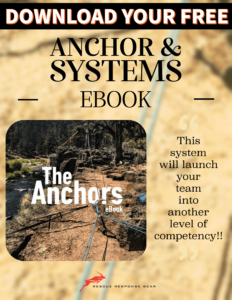
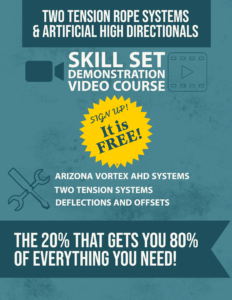
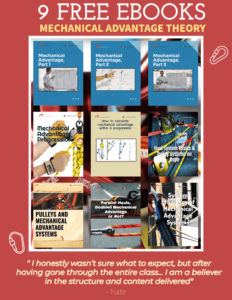

137 thoughts on “Welcome to Confined Space Rescue Demonstration: Awareness”
918363 46862of course data entry services are extremely expensive that is why always make a backup of your files 655577
You have made some decent points there. I checked on the
internet for more info about the issue and found most individuals will go along with your views on this site.
353065 396091I actually like your writing style, great info , thankyou for putting up : D. 434730
You actually suggested that adequately. coursework professional essay editing service
Awesome material. Thank you. writing synthesis essay argumentative essay essays writer
Nicely put, Kudos.
cialis canadian pharmacy canada online pharmacies board of pharmacy
With thanks, Quite a lot of knowledge!
write essays https://theessayswriters.com/ the best writing service
This is nicely said. !
essay writting services https://essaypromaster.com/ help me write my personal statement
Superb information. Kudos!
legitimate essay writing service https://essaywriting4you.com/ best website for essay writing
Seriously quite a lot of very good info!
canada drug prices best canadian online pharmacies generic viagra online
Seriously a good deal of excellent tips!
how to write an introduction to an essay how to write a good descriptive essay essays writing service
Nicely put. Regards.
college essay word count https://orangepornhub.com/ custom dissertation writing services
Kudos, Great information.
canadian pharcharmy online no precipitation cheap canadian drugs online discount pharmacy
Appreciate it, Loads of tips.
help with essay writing my essay australian essay writing service
Awesome facts. Thanks!
no prescription online pharmacy canadian meds most reliable canadian pharmacies
Seriously tons of superb data.
will someone write my essay for me https://altertraff.com/ top 10 essay writing services
Regards, Numerous forum posts.
college of charleston essay how to write essay introduction editing and writing services
Many thanks! I like this.
canada rx drug stores near me canada discount drug
This is nicely said. .
write my essay paper https://essaywriting4you.com/ best resume writing services online
Good info. Thank you.
canadian online pharmacy visit poster’s website indian pharmacy
You expressed this really well.
essay help websites essay customer service writing help online
Truly many of helpful facts.
i need someone to write my essay https://dissertationwritingtops.com/ need essay written
Cheers! A lot of knowledge.
ed meds online without doctor prescription cialis canadian pharmacy prescription without a doctor’s prescription
Well voiced truly. !
essay for college admission https://writingthesistops.com/ college essay writing service
Whoa quite a lot of amazing advice!
buy prescription drugs online canadian pharmacy uk delivery canada pharmacies
Whoa all kinds of superb material!
common college essays write my essay scholarship essay writing service
Nicely put, Regards!
student essay help how to write an argument essay customize writing
Kudos. An abundance of material.
prescription drugs prices pharmacy prescription no prior prescription required pharmacy
You actually revealed that adequately!
i need help with my essay essay writings blog writing services
You actually revealed that really well.
how to write personal essays essay rewriter custom writing sign in
Thanks a lot! I value this.
mexican border pharmacies online pharmacy school discount pharmacies
Many thanks. Useful stuff!
writing a personal narrative essay essay writer website that grades essays
349441 50894for but another wonderful informative post, Im a loyal reader to this blog and I cant stress enough how much valuable data Ive learned from reading your content. I genuinely appreciate all the hard function you put into this fantastic blog. 480184
Amazing content. With thanks.
buy generic viagra online pharmacy cheap no prescription best canadian pharmacies
Nicely put. Cheers.
things to write a persuasive essay about https://freshapps.space/ need essay written
You said it very well..
how to write a great college application essay write my essay online writing help for college students
Thank you, Numerous forum posts!
get prescription online pharmacy in canada canadian prescriptions
Kudos! An abundance of postings.
essays in college how to write an application essay for college writer for hire
Kudos, I value it.
online pharmacy without scripts no prescription pharmacies ed meds online without doctor prescription
Position well taken.!
college essay hook how to focus on writing an essay top 10 essay writing services
You actually revealed this wonderfully!
need help writing a essay https://writingthesistops.com/ executive resume writing services
Awesome data. Regards!
how to write a compare contrast essay write my essay professional writing website
Seriously tons of very good advice.
canadian pharmacy meds no prescription pharmacy canada pharmacies without script
You actually mentioned this exceptionally well!
college essay starters write my essay please professional report writing services
You definitely made your point!
buy viagra pharmacy 100mg canadian prescription drugstore pharmacy tech
You actually mentioned it wonderfully.
plagiarism college essay essay writer best writing services online
Appreciate it! An abundance of advice.
why is writing important essay https://altertraff.com/ custom writing services reviews
Wow many of very good facts!
online medicine shopping pharmacy online prescription safeway pharmacy
You made your position very effectively!.
when writing an essay https://agbsl.pro/ college essay writing service
Appreciate it! Lots of facts.
buying drugs canada canadian drugs without prescription overseas pharmacy forum
Nicely put, Thanks!
how to write an essay about yourself for college cite website in essay Writing essay websites
Cheers, Wonderful information.
help with writing essays for college applications helping others essay writer dissertation
Superb content. Appreciate it!
pharmacy online shopping pharmacy online store no prior prescription required pharmacy
Very good data, Thank you!
difference between highschool and college essay college acceptance essay best custom writing
Factor effectively taken.!
canadian drugs pharmacy canadian pharmacies without prescriptions legitimate online pharmacies
Thanks. An abundance of knowledge!
buy essay online safe writing my essay thesis writing service reviews
Appreciate it, Numerous knowledge.
how write essay how to write a comparative essay help on writing a personal statement
Thanks a lot. Quite a lot of info!
mexican pharmacies shipping to usa canadian pharmacies without an rx online pharmacies canada
Reliable data. Regards!
custom essays usa https://essaypromaster.com/ a website that writes essays for you
Incredible loads of fantastic information.
online drugstore pharmacy prescription drugs canada buy cialis
Cheers, Loads of write ups!
what are good essay writing services essay writing services us custom thesis writing
You actually mentioned it exceptionally well.
english writing essay good opening sentences for college essays custom resume writing
You expressed that fantastically.
online canadian discount pharmacy legitimate online pharmacies online pharmacy india
Amazing facts. Thank you.
legitimate essay writing service essays writing services writing services online
Superb information, Thank you.
top rated canadian pharmacies online buy drugs online drugs online
Thanks a lot, Very good information!
writing essay https://theessayswriters.com/ web writing services
You said it well.
writing an argument essay how to write an argumentative essay thesis writing service reviews
Tips clearly applied.!
canada pharmacies prescription drugs prescription drug online pharmacy busted
You definitely made the point!
prime essay writing essays writing service online letter writing service
You’ve made the point!
how to write a 4 paragraph essay cheap essays for sale cv writing service
Many thanks! I enjoy this.
my canadian pharmacy best canadian mail order pharmacies on line pharmacy
With thanks. Lots of information!
how to write critical essay https://essaywriting4you.com/ customized writing
Position nicely utilized!.
discount pharmaceuticals online canadian pharmacy buy online prescription drugs
Seriously all kinds of awesome advice.
college acceptance essays https://altertraff.com/ essay ghostwriter
You said it adequately.!
college of charleston essay essay writer custom dissertation writing service
Superb content. Thanks a lot!
canadian pharmacies online rx pharmacy best online pharmacies canada
Nicely put. Thank you.
best essay writing website essays writer who can write my thesis
Nicely put. Thank you.
prescription drugs canada canada pharmacies cheap medications
Many thanks! A lot of info.
review of essay writing services essay writing service best dissertation writing services
Regards, Wonderful information!
custom essays usa https://essayssolution.com/ professional cv writing service
Cheers! I enjoy it.
pharmacy on line canadian prescription online pharmacy
Thanks a lot, I enjoy this!
help with writing essays for college applications essay writing service how do you cite a website in an essay
Regards. I like it!
us pharmacy no prior prescription canadian pharmacy uk delivery walmart online pharmacy
Amazing lots of great info!
cat essay writer writing a critical essay what are the best resume writing services
Kudos, Wonderful stuff!
writing a good college application essay argumentative essay custom writing
Really tons of superb facts.
pharmacie canadienne online pharmacy canada pharmaceutical online ordering
Regards! An abundance of facts.
write a essay online essay writing services press release writing service
With thanks. Numerous stuff.
meds online best online canadian pharmacy canadian king pharmacy
Thank you, An abundance of posts.
writing a college essay about yourself write my essay writers services
Nicely put, Thank you.
help with writing essays for college applications https://essayssolution.com/ letter writing service online
Perfectly spoken indeed! !
college essays writing services essay writing services writers services
Cheers! I value this.
top rated canadian pharmacies online approved canadian online pharmacies canadian pharmacy cialis
With thanks, Great stuff.
best online international pharmacies walmart online pharmacy walmart pharmacy online
Cheers! I appreciate this!
essay on website https://service-essay.com/ i need a essay written
Many thanks, I enjoy this.
rubrics for essay writing write my essay websites for essays in english
Awesome stuff, Thanks.
mba admission essay writing service https://service-essay.com/ best writing service
Fantastic stuff, Thank you.
mexican pharmacy online online pharmacy best online international pharmacies
Wow all kinds of very good info!
cialis online pharmacy prescription online canadian drugstore reviews
Cheers! Quite a lot of facts!
best essay writing service website https://dissertationwritingtops.com/ write my dissertation
Great advice. Thank you.
writing essay help https://agbsl.pro/ seo writing services
Regards! Helpful information!
canadian pharmacy viagra [url=https://canadianonlinepharmacybase.com]canada viagra[/url] mail order pharmacy https://canadianpharmacyonlinedb.com
Seriously plenty of great info!
writing scholarship essays college essay copy writing services
Truly all kinds of amazing data.
best canadian pharmacies prescription price comparison canadian pharmacies online prescriptions
You suggested it really well!
canadian online pharmacy overseas pharmacy forum canadian pharmaceuticals online
Amazing quite a lot of great information!
cheap essay help essay writing service writers for hire
You explained that exceptionally well!
write my essay today https://freshapps.space/ copywriting service
Regards. Loads of postings.
best essay writing company https://theessayswriters.com/ website evaluation essay
This is nicely said. !
shoppers drug mart pharmacy publix pharmacy online ordering prescription cost
Beneficial material. Thanks a lot.
how to write great essays write my essay thesis writers services
Useful tips. With thanks!
canadian pharmacy 365 get prescription online prescription drugs prices
Really a good deal of excellent info!
how to write a business essay essay writings website that writes essays
You explained that very well!
essay helper app https://altertraff.com/ dissertation writing service
Kudos, I like it.
prescription cost comparison canada pharmacies online pharmacy canadian drugstore online
With thanks, Excellent stuff.
help write essay https://agbsl.pro/ cheap thesis writing services
Many thanks! I enjoy this!
canadapharmacy online pharmacy canadian pharmacy cialis
Reliable knowledge. Thanks!
college essay assistance writing an essay about yourself american essay writing service
Thanks! I appreciate this.
compare and contrast college essay https://writingthesistops.com/ resume writing service
Thanks a lot, Plenty of stuff!
canadian drugs pharmacies online viagra from canada no prior prescription required pharmacy
Cheers. Terrific information.
easy steps to write an essay essay writing services custom assignment writing
Great information. With thanks!
canadian viagra canadian pharmacies online global pharmacy canada
You expressed that really well.
writing your college essay https://altertraff.com/ ghost writing service
You said it very well.!
academic essay help writing a narrative essay about yourself professional personal statement writing services
Nicely put, Kudos.
discount pharmacies best canadian online pharmacy price pro pharmacy canada
Superb content. Thank you!
essay assignment help https://writingthesistops.com/ essay paper writing services
You actually suggested it very well!
help writing college essay https://dissertationwritingtops.com/ hire ghostwriter
Truly all kinds of beneficial info.
canada pharmacy online canada pharmacies online canadian pharmacy king
This is nicely said. .
creative college essay https://ouressays.com/ i need a ghostwriter
Reliable posts. Kudos.
online drugs walmart online pharmacy canada online pharmacy
Appreciate it, Plenty of write ups.
college essay help long island college essay copywriting service
Great advice. Many thanks!
essays services https://dissertationwritingtops.com/ website for essays in english
Amazing lots of superb information.
canada medication pharmacy ordering prescriptions from canada legally discount pharmacies
Cheers. Very good stuff!
mba essay review service https://theessayswriters.com/ best dissertation writing service
Useful information. Thank you.
online help with essay writing https://topswritingservices.com/ cheap essay writing service us
Superb information. Thanks.
cheap canadian drugs pharmacy price compare viagra generic online pharmacy
Thank you, Terrific information.
top custom essay services essay writing service hiring ghostwriters
Amazing lots of wonderful facts!
how to write a autobiography essay essay writer citing a website in essay
Amazing postings, Many thanks.
online pharmacies no prescription pharmacy online online drugstore
Comments are closed.